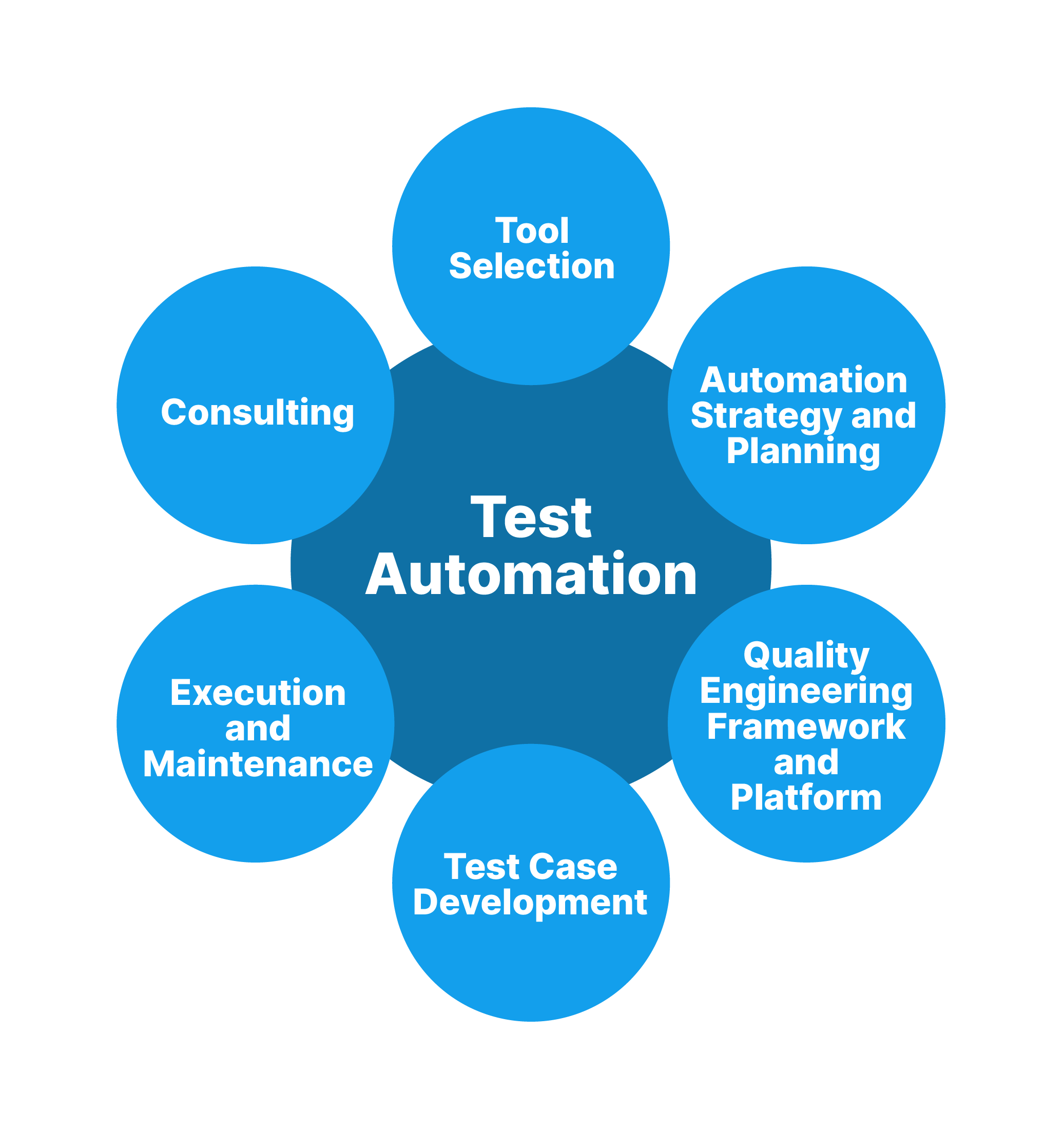From Guidebook to Automated Testing: A Comprehensive Guide to Transitioning Efficiently and Effectively
In the realm of software testing, the shift from handbook to automated processes has ended up being an increasingly essential change for organizations seeking to boost performance and accuracy in their testing methods. The journey from handbook to automated testing is not without its obstacles, however when approached strategically and with a clear strategy in mind, the benefits can be significant.
Benefits of Automated Evaluating
Automated testing supplies various advantages, improving efficiency and precision in software growth processes. One primary advantage is the considerable decrease in screening time. Automated tests can be run concurrently on numerous tools and operating systems, significantly quickening the testing phase compared to hand-operated testing. This enhanced efficiency enables faster responses on the top quality of the software application, making it possible for developers to identify and attend to problems immediately.
Furthermore, automated testing makes certain a higher level of precision in spotting defects. Considering that automated examinations comply with predefined manuscripts, human mistake is minimized, leading to even more reputable examination results. Uniformity in screening is also enhanced, as automated tests perform the same actions precisely each time they are run. This consistency is critical in guaranteeing that all capabilities of the software are completely checked, lowering the chance of unseen bugs slipping via to production.
Selecting the Right Tools

First of all, examine your objectives and requirements. Comprehend the scope of your project, the innovations involved, and the capability of your group. This evaluation will aid you determine the attributes and capabilities you require in your testing tools.
Secondly, think about the compatibility of the devices with your existing systems and processes. Seamless integration with your present software application growth lifecycle is necessary to ensure a smooth shift to automation.
Additionally, review the scalability and adaptability of the devices. As your screening requires progress, the tools ought to be able to adapt and suit adjustments successfully.
Finally, consider the support and community around the devices. Durable assistance and an active individual area can supply valuable resources and assistance when executing automated screening. By very carefully thinking about these facets, you can choose the right tools that straighten with your requirements and set the stage for an effective transition to automated testing.
Writing Effective Test Scripts
When crafting test scripts, it is vital to think about the particular needs of the software application being tested and make sure that the scripts attend to all essential capabilities. Detailed and clear read this naming conventions for test manuscripts and test situations can boost readability and maintainability. Furthermore, incorporating mistake handling mechanisms within the test manuscripts can assist in identifying and addressing concerns immediately.
Additionally, arranging examination manuscripts into modular elements can boost reusability and scalability, reducing redundancy and boosting effectiveness in examination script upkeep. Routine reviews and updates to check manuscripts are vital to maintain rate with advancing software program needs and performances. By complying with these principles, testers can create durable and reliable test manuscripts that contribute substantially to the success of automated testing processes.
Integrating Automation Into Workflows
By perfectly integrating automated screening tools like Selenium or Appium into the software growth lifecycle, teams can attain faster comments on code modifications, leading to quicker pest discovery and resolution. This combination enables for constant screening throughout the development process, guaranteeing that any issues are determined early on, resulting in higher software quality. Appropriate combination of automation tools needs cooperation between development, testing, and operations groups to establish a unified operations that maximizes efficiency and efficiency in supplying top notch software program products.
Ensuring a Smooth Transition
Effectively transitioning to automated testing entails meticulous planning and careful implementation to lessen disruptions and take full advantage of performance in the software program development process - automation click over here now testing. To guarantee a smooth shift, it is vital to start by carrying out a complete analysis of the current testing procedures and identifying locations where automation can bring one of the most considerable benefits. Engaging with all stakeholders early while doing so, including developers, testers, and project supervisors, is crucial for gathering assistance and buy-in for the automation campaign
Communication is crucial throughout this change phase. Clear interaction of the goals, benefits, and assumptions of automated click site testing assists to take care of any resistance or worries that might emerge. In addition, giving sufficient training and resources for staff member to upskill in automation devices and strategies is crucial for guaranteeing an effective shift.

Conclusion
To conclude, transitioning from guidebook to automated screening supplies many advantages, consisting of raised efficiency and reliability. By picking the proper devices, creating reliable test scripts, and integrating automation seamlessly right into workflows, organizations can ensure a smooth and successful change. It is vital to accept automation as a beneficial possession in software screening processes to enhance overall top quality and productivity.
In the world of software program screening, the shift from handbook to automated processes has actually come to be a progressively vital transition for companies looking for to boost performance and precision in their testing practices. Automated examinations can be run concurrently on multiple devices and running systems, considerably speeding up the testing phase compared to hand-operated testing. Consistency in screening is additionally enhanced, as automated examinations perform the exact same steps specifically each time they are run.To guarantee the effective execution of picked testing tools, the production of reliable examination manuscripts plays an essential function in confirming the functionality and efficiency of automated processes - automation testing. By following these principles, testers can produce robust and effective test scripts that add substantially to the success of automated screening processes